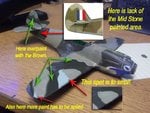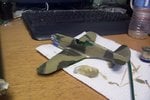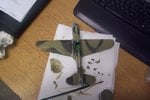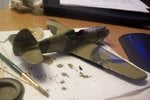- Thread starter
- #3,081
B-17engineer
Colonel
Oh Vic, this is only half way through the year. We have mid terms though for classes. Also, I get math, history, science, and English homework regularly. And now I am working on a 5 page essay due in two weeks.
We are getting placed in classes for high school soon and I want to be in all good classes so for college it looks good. SO I am really pressing ahead with work.
We get off from June to September.
We are getting placed in classes for high school soon and I want to be in all good classes so for college it looks good. SO I am really pressing ahead with work.
We get off from June to September.






